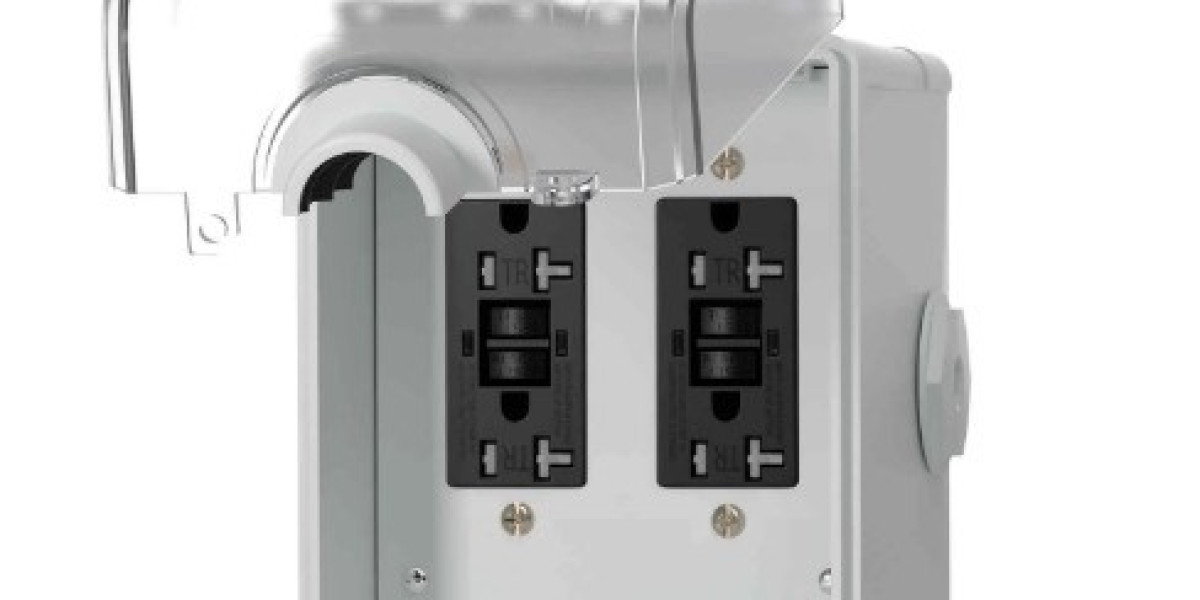In neighborhoods and commercial sites where efficiency and resilience matter to daily budgets and comfort, an Outdoor Socket Box can play a quiet role in cutting waste while keeping devices convenient to use. Thoughtful designs with insulated interiors, sealed covers and smart control options let owners reduce standby draw and avoid unnecessary cycling of pumps, lights and chargers. Pairing a tidy enclosure with strategic placement and monitoring turns an ordinary connection point into a contributor to lower consumption and steadier service.
Rising interest in saving energy and in cleaner operations has pushed buyers to look beyond basic fittings. Modern enclosures accept control modules that switch loads during off peak windows, and they can host sensors that report voltage behavior so technicians identify inefficient patterns early. When an exterior housing is selected with airflow and access in mind, it protects components from harsh weather while letting managers add energy saving accessories without major rewiring.
Material choice matters for long term value. Corrosion resistant finishes and replaceable seals preserve tight joints where moisture and grit meet metal, while impact tolerant shells avoid denting from routine handling. Interiors designed for neat wiring reduce heat buildup and make it simpler to install control relays or soft start devices that ease motor stress. These practical elements lower surprise downtime and help maintain steady operation in places where outdoor conditions vary.
Location and orientation influence both energy performance and maintenance effort. Mounting an enclosure in a shaded spot reduces thermal cycling and slows wear on insulating parts. Positioning the unit close to the loads it serves shortens cable runs and cuts line losses, while leaving room for technicians to open doors and inspect terminations speeds routine checks. Careful siting also helps integrate a housing with landscaping or façade work so installations do not detract from appearance.
Smart accessories bring savings into reach for many sites. Timers and remote switches let teams turn off non essential loads during idle hours without physical trips. Simple photovoltaic friendly controls let local generation supply exterior outlets when sun is available, pushing consumption into cleaner windows. When data from current sensors is available, operators can spot phantom loads and adjust usage patterns to avoid wasteful draw overnight or during long idle stretches.
Good installation practice keeps performance predictable. Leave gentle service loops so parts can be replaced without reworking major runs, and separate power feeders from signal cables to avoid interference that might confuse monitoring tools. Secure strain relief prevents vibration from loosening connections and reduces heating at terminals. When an enclosure is assembled with tidy routing and correct clamps, it performs more reliably and needs fewer surprise repairs.
Routine upkeep preserves savings over time. Visual checks for discoloration near connectors and for brittle gaskets reveal issues before they worsen. Cleaning contact faces with recommended agents keeps resistance low, and replacing seals when elasticity fades prevents moisture entry that leads to corrosion. A short maintenance plan that focuses on these simple items keeps an installation efficient and reduces the chance of costly emergency work.
For communities and businesses, standardizing on repair friendly housings simplifies logistics. When teams stock a few common spare parts and document access procedures, repairs take less time and crews spend more hours on productive tasks than on chasing obscure parts. Choosing models that accept modular upgrades also makes it easier to add monitoring and control later as budgets allow.
Education and oversight amplify hardware gains. Training staff to read simple current trends and to flag unusual behavior makes early intervention possible. Clear labels at service points and a concise log of inspection notes create a history that highlights gradual shifts in consumption. With data in hand, managers can plan targeted improvements that produce measurable savings without disruptive change.
If you want to explore models that combine weather resistance with energy saving options and repair friendly features, check product selections and accessory sets designed for external service. For detailed model pages, accessory lists and imagery that supports specification and installation visit https://www.nante.com/product/ . The resource helps planners and technicians match enclosure choices to site conditions and operational goals while providing guidance that supports straightforward installation and ongoing care.
 Chat Rooms
Chat Rooms



